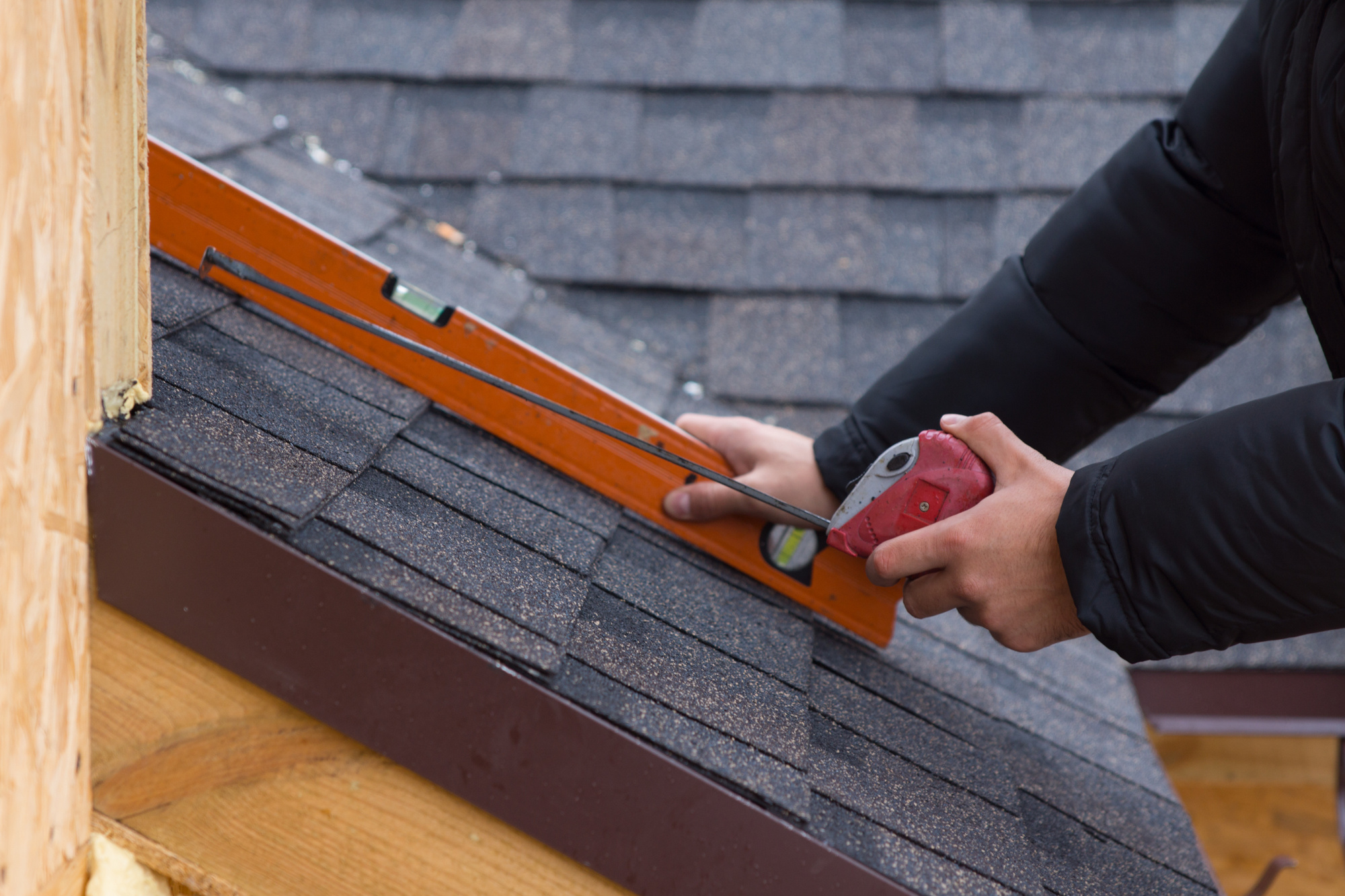How long should key parts of your home last? A shingle roof may last for 20 years. That’s the verdict of the National Association of Home Builders.
When should you replace your roof? Is it time to bite the bullet? Read on to learn about when you might need a new roof.
How Old Is Your Roof?
If you know the age of your roof this can give you a good indication as to when you may need to replace it.
If asphalt roof shingles last about 20 years you should expect to replace your roof soon after that. Wood shake roofs last a little longer at around 30 years.
Best of all are tile, copper, or slate roofs. You can expect a life of over 50 years and perhaps much more depending on weather conditions.
If the last roof replacement was a complete re-roofing including the timber structure and new shingles it will have a long life. If the current roof was installed over the top of an existing roof then it may have a shorter life.
Shabby Shingles
If your shingles are in poor condition this indicates aging. Curling, cracking, and degrading of shingles may indicate that you need a new roof. These are signs that the shingles are nearing or past their natural life expectancy.
Failing to replace old and damaged shingles can lead to further roof damage. They may be allowing water to penetrate the roof and this will damage the underlying structure.
Trouble in the Valleys
The valleys in your roof are very important parts of the structure. They carry most of the water as it flows off your roof. This means that they get more wear than other areas of the roof.
If the valleys have missing or poor condition shingles they indicate that you need to act. As the valleys are designed to carry water to the gutters if they are damaged then that water is collected and then passed into the roof space through the gaps in the shingles. In a short time, this damages the structure of the roof and the building below.
Shingles Absent Without Leave
An inspection of your roof might reveal that there are missing shingles in various places. It’s possible to lose an occasional shingle due to storm damage. These occasional shingle losses can easily be remedied with a replacement.
Missing shingles could also be because the shingles are reaching the end of their life. A professional inspection and free roofing estimate by a roofing company will help you decide whether you need a minor roof repair or a major roof replacement.
Vegetation
Any growth of plant life or moss on your roof could be a sign that there is damage. The vegetation will also increase the damage.
Roots force their way into the roofing materials introducing gaps. Water can enter through these gaps and the resulting leaks and dampness damages the building below.
The plants themselves, attract organic matter and soon you have a large area of damp vegetation. This is added weight on your roof. It also restricts water from flowing from your roof, blocks gutters, and causes more problems.
Flashing Fail
Flashing is the material that is used to seal around chimneys, vents, or skylights on your roof. Its purpose is to stop water from entering the roof space. Various materials are used as flashing including roof cement, metal, and tar.
This part of the roof is especially prone to problems because two or three different materials are meeting and so it’s possible that water can get between them. Damage to your roof in these areas might indicate that you need a repair to make the seal water-tight.
A major failure of your flashing could lead to serious damage to your roof structure. You may need a roof replacement including improved water-tight metal flashing.
Gutter Granules
An inspection of your gutters can be very revealing about the condition of your roof. If they are overflowing, the water could be damaging your roof and even your walls. The debris in your gutters needs clearing and damaged gutters need repairing.
Check the contents of your gutters. If the debris consists of hard granules this may indicate that the shingles are breaking down and need replacing.
Sagging Roof
Any distortion to the shape of the roof can indicate an underlying problem with its structure. Dips or sagging in the shingles mean that the supporting timber is weakened, damp, or damaged. Check all edges and surfaces of your roof to see if they are true.
Shining Through or Pouring Through
An inspection inside your roof space can be very revealing. During daylight hours, you may be able to see gaps in your roof from the inside of your attic. These could be the result of damage or aging.
Look for signs of water getting into your attic. Drips or leaks during or soon after rain also indicate damage or aging.
Areas of dampness, stains, and mold are also signs that your roof is not sound. You may need a simple repair but it could be more serious than that. If the leaks have been long-term the damage they cause may mean you have some repair of the moisture damage to do.
Time for a New Roof?
Is it time for a new roof? Check to see if any of these symptoms are present. If they are, have a professional inspection.
Browse our website for more home improvement ideas.

Leave a Reply